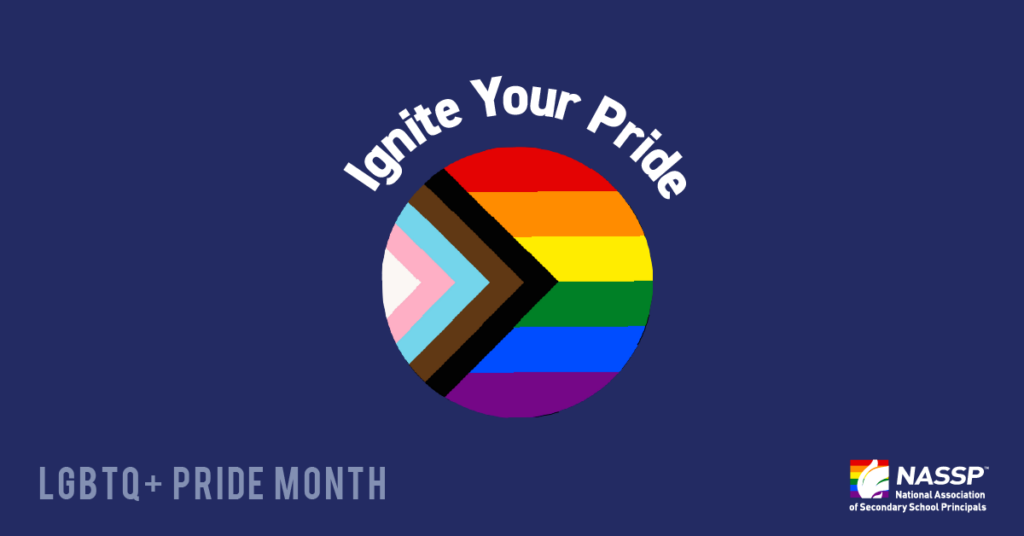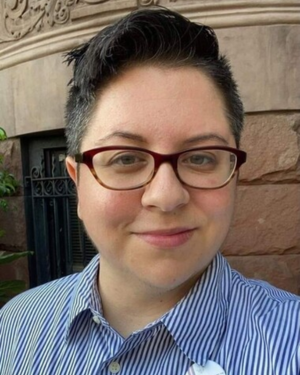LGBTQ+ students’ lives are being heavily scrutinized and controlled because of the many anti-trans bills and policies being passed at the local, state, and federal levels. These policies have an impact on all students because they concern school uniforms, bathroom use, and sports participation.
For LGBTQ+ teachers in our schools, their lives are plagued with fear, anxiety, depression, and worse because they are seen as the reason that public school students all around the nation are coming out transgender. In general, and especially during Pride Month, LGBTQ+ students, staff, and allies must be visible in schools. Please work to find the words that will help you advocate for us in your school community.
For LGBTQ+ parents in our schools, their lives are often erased from the school setting because people harmfully assume that everyone is cisgender and heterosexual. LGBTQ+ people exist in all of the same spaces as everyone else, and even if you don’t think you know any LGBTQ+ people, we are here and often feel invisible. Affirming LGBTQ+ people in our school communities contributes to a welcoming and compassionate school experience for everyone. We can all agree that creating and sustaining an inclusive school culture is something that can make or break the successful stewarding of the mission and vision of the school that we work to continuously improve every day.
So, how can you as a school leader honor LGBTQ+ people during Pride Month and all year round?
First, honestly assess your school community. Is it likely to be hostile, middle of the road, or affirming toward typical symbols of affirmation (e.g., a pride flag in your school or a post on the school website/school social media)? See the chart below for some suggestions on how to proactively meet your community where they are.
| Hostile | Middle of the Road | Affirming |
| Get informed by reading this Human Rights Campaign (HRC) foundational terminology page so you know what words LGBTQ+ people use to describe themselves. | Talk to your students and staff about what you could do to make the school a visibly welcoming place for LGBTQ+ people. Based on their suggestions, make at least 1–2 visible changes at your school in a timely manner. | To commemorate Pride Month, post on your school blog/school media. Connect it to your school’s mission and vision. View this Gay, Lesbian, Straight Educators Network (GLSEN) – School Leader Resource Page to learn more. |
| One of the best ways to understand LGBTQ+ issues is to build relationships with members of the LGBTQ+ community. Start by becoming friends with me, a transgender, non-binary person. I often use my Facebook profile to educate, teach, and advocate for transgender people. | Work to find the root issue of what may hold your different stakeholder groups in your school community back on being affirming toward trans students and staff at your school (e.g., religion). Seek advice from an affirming church or local chapter of Parents of Lesbians and Gays (PFLAG). PFLAG can point you toward resources that are state specific, and it offers advice on what specific advocacy efforts work with people in your state. | If you don’t already have one, start a Gender-Sexuality Alliance (GSA) club at your school. This valuable, student-led space can provide many opportunities for creating and cultivating student voice on how best to continuously ensure that the school is an affirming space. Here are 10 Steps For Starting a GSA to get you started. |
Keep pushing yourself and those around you to the next level in learning how to support LGBTQ+ individuals in your school community, and do not stop. Keep in mind that when an LGBTQ+ person is visible and affirming in a school community, it is often perceived negatively, but when a cisgender, heterosexual person is visibly affirming of an LGBTQ+ person, it is perceived positively.
Now more than ever, LGBTQ+ people need champions and allies in K–12 education. Please, join us in this critically important work!
For more on supporting LGBTQ+ students and educators, read NASSP’s position statement.


